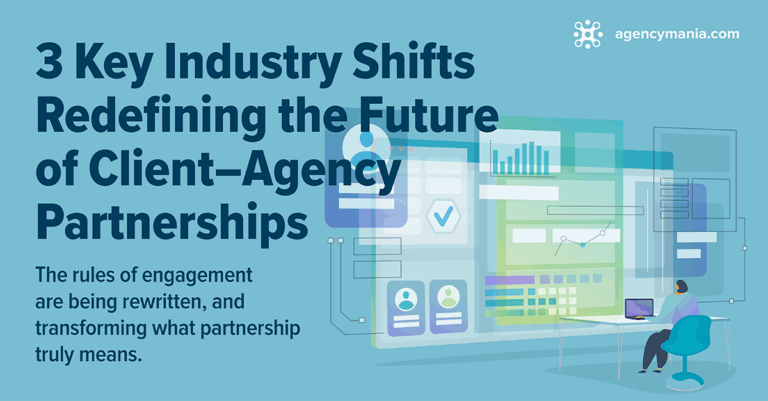The Rise of Deliverable-first Models:
What are deliverable-first models, and why are they on the rise?
It’s dinner time. You sit down and look at the menu. You place our order. The dishes you ordered are specialties of that restaurant. After you enjoy your meal, you ask for the check. You get an itemized list and pay. Your primary focus was on getting a quality dish, at a reasonable price, in a reasonable amount of time. This familiar experience is deliverable-first pricing and our first scenario.
Now, let’s take a different approach. As you place your order, you also ask the restaurant how many cooks will be needed, how much each one of them will be paid, and how many hours it will take them to prepare your meal. You will then ask for a reconciliation of the hours spent to compare to the original estimate they gave you. You can also figure out the price of each item, but the focus here is instead on whether these are the right resources and whether these resources are priced competitively. You may not even know what you want to eat yet, but you have talented resources available to you when you do, so you know they will be able to serve you. This second scenario is the popular cost-plus model, a staffing or retainer-first model used by most advertisers with their agencies today.
In the first scenario, you may not know what it takes exactly to cook that meal. You may want to know who is in the kitchen and who is assigned to you, but this is secondary. You may have ordered here before or may have worked for a restaurant in the past, giving you some insight on what to expect cost-wise. But you essentially wanted a quality meal at a fair price. You don’t wonder whether you should let the restaurant figure out how to hire the right people and manage the use of these resources to deliver what you asked for. They should be motivated. If they don’t deliver, you are not likely to eat there again anyway.
Which one of these scenarios are you more likely to embrace? Many advertisers are either considering moving or have moved all or some of their work to a deliverable-first model, as they move away from retainer-based models. Let’s take a closer look at why.
The primary drivers behind the move to deliverable-first pricing are often associated with the following:
- Zero-based Budgeting (ZBB) and other cost-cutting initiatives put greater pressure on agency budgets: In such a demanding environment, brand advertisers are likely to look for alternative ways to manage agency expenses, including retainers and challenging the status quo. Pricing models that favor outputs, productivity, and cost-efficient delivery of work and assets are likely to receive a warm welcome in a cost-control environment.
- Lack of transparency and trust favors more accountable scope and financial models: Trust in client/agency relationships has been significantly eroded over the years. Lack of transparency has often been the underlying contributing force behind growing trust issues with agencies, who are often considered guilty until proven otherwise. Yet, advertisers simply want to know that they can rely on their agencies to be accountable and deliver tangible value for their limited marketing dollars.
- Lack of understanding or apparent rigor on how agencies staff an account creates tension in client/agency relationships: Due to lack of industry standards, agencies have always come up with their own methodologies to estimate the number of resources they need to dedicate to a client or a project. Retainer-based models are based on a set of documented assumptions and scope expectations. These staff forecasting methodologies–when they exist–are rarely shared with clients. Agency retainers are often carried over year after year with minor adjustments. When advertisers ask their agencies to justify their proposed staffing plans/retainers, or challenge them, it creates tension, as it is often based on subjective or agency-confidential data.
- Emerging point of view among some advertisers that they should not care how agencies staff their account (or run their business) if they meet their cost requirements: Like in the restaurant example, some advertisers choose to direct their efforts on making sure they get the quality dish they wanted, at the right cost, in a timely manner. Other data points like staffing “hourly rate” or how many resources are required (overall or per deliverable) are less valuable to advertisers relying on their agencies’ expertise and know-how to staff their account well and do what they do best. Under the deliverable-first model, it’s up to the agency to staff the account to meet client expectations (time, quality, volume) while delivering at a reasonable profit.
- Benchmarking efforts fail to accurately compare costs when they focus only on hourly rates: If you and I both charge $150 per hour for our time, and I take twice as long to complete a task, you are far more cost-effective. Benchmarking efforts limited to hourly rate comparisons can be misleading without an estimate of the time required to complete the work. Hourly rates are easy to compare. However, only by comparing total labor cost (hourly rate x the number of hours) can you truly benchmark agency labor costs.
Deliverable-first and staffing/retainer-first models both have inherent benefits to advertisers and their agencies. In the deliverable-first model, the agency interaction focuses on inputs and outputs (often expressed as quality and time), rather than staff quality and retainers. When the focus is on quality and time, briefs improve greatly, formal and timely approvals are second-nature, and the feedback provided is far more thoughtful. When deliverables are difficult to scope and much of the work is strategically-focused, staffing/retainer-first models present some unique benefits. It’s increasingly common to see advertisers operating with both operating models – staffing/retainer-first model for top agency talent in areas like strategy/creative/media, and deliverable-first model for more tangible deliverables. Next time you go to your favorite restaurant, think about the benefits of either model. Bon appetit.
By: Bruno Gralpois, Co-Founder & Principal, ANA Faculty
Published on: October 22, 2018
Also Seen on Adweek







